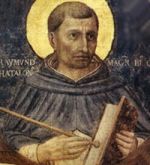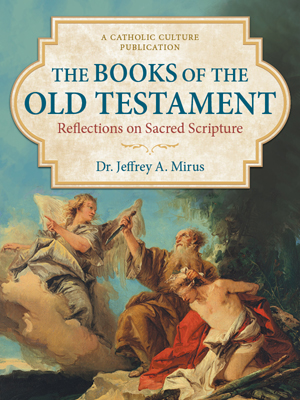A Brief Description of the Government of the Catholic Church
Vatican City: The Vatican City State is a small independent territory designed to assure the free operations of the governance of the Church without interference from other political powers. The central government of the Catholic Church is housed in Vatican City. The Vatican is also referred to as the Holy See, which can designate either the Bishop of Rome (the Pope) or the entire administrative apparatus which supports the Pope, in effect the government of the Catholic Church.
Pope: The head of the Church and the political ruler of the Vatican City State.
Secretary of State: The Secretariat of State is the oldest dicastery of the Holy See and provides both an organizational support system for the Pope and an administrative arm for civil affairs, including papal diplomacy around the world. The Secretariat of State is divided into two sections, the first of which deals with the organization and staffing of the Curia (see below), and the second of which handles civil concerns and relationships with other states.
Pontifical Commission for Vatican City State: A committee of cardinals supported by a board of lay advisors. This Commission assists the pope and the secretary of state in administering the government of the Vatican. Under this body there is a central council of the heads of various administrative offices, the directorships of museums, technical, economic and medical services; the Swiss guard; Vatican radio and television; the Vatican observatory; and the directorship of Castel Gandolfo, the traditional summer residence of the pope.
Roman Curia: The Curia (or “Court”) consists of the officials and offices which assist the pope in the religious governance of the Church. As of 2007, the Curia consisted of the Secretariat of State, nine Congregations, three Tribunals, eleven Pontifical Councils, and a complex of offices that administer church affairs. The most important administrative bodies are the Congregations, followed closely by the permanent Pontifical Councils. Less important affairs may be handled by other pontifical councils and commissions. Each administrative group is headed by a cleric, most often a Cardinal, called a Secretary. The nine congregations are:
- Congregation for the Doctrine of the Faith
- Congregation for the Oriental Churches
- Congregation for Divine Worship and the Discipline of the Sacraments
- Congregation for Bishops
- Congregation for Catholic Education
- Congregation for the Causes of Saints
- Congregation for the Clergy
- Congregation for the Evangelization of Peoples
- Congregation for Institutes of Consecrated Life and Societies of Apostolic Life
There are also councils for Christian unity, non-Christians, and nonbelievers, justice and peace, the laity and other councils and commissions for various functions, such as the Pontifical Biblical Commission.
Cardinals: Cardinals attain their office solely by papal appointment and must be priests. They serve as special advisors to the pope and often as heads of important adminsitrative offices of the Holy See. The number of cardinals has been expanded from 70 to 184 by various popes between 1960 and 2001. Paul VI also set the age of 80 for retirement of cardinals from official service (including serving as papal electors). The entire body of cardinals is called a College.
Bishops: Bishops are appointed by the Pope and must be validly consecrated in the line of apostolic succession (that is, by other bishops who can trace their lineage back to the original apostles). They serve as the heads of local churches, which they govern under the authority of the pope. The entire body of bishops called together in union with the pope is a general council of the Church.
Heads of Religious Communities: These men and women are elected or appointed in various ways, according to the rules of their communities, under the authority of the Holy See. They govern their own communities in pursuance of the goals, charisms and constitutions of these communities, which have, if they are legitimate, been approved by the Pope.
Priests: Priests are ordained by bishops and called to support the local bishop in building up the people of God in the local church. Insofar as they may be appointed by the bishop to be pastors, they share in his governing authority for their local parishes.
Papal Elections: Though it is possible for a pope to resign, this would cause such confusion in the Church that typically popes serve until death. Popes are elected through whatever the latest mechanisms are that have been authoritatively put in place by a previous pope. For centuries, papal elections have been in the hands of the entire body of cardinals and, under current law, a new pope must be chosen from their number. When a pope dies, the entire body, or college, of active cardinals is called together to elect his successor. Two-thirds vote plus one of those in attendance is required, and typically the College of Cardinals discusses and debates the merits of the candidates in secrecy, holding successive ballots until a candidate wins the required number of votes.
This item 7456 digitally provided courtesy of CatholicCulture.org






